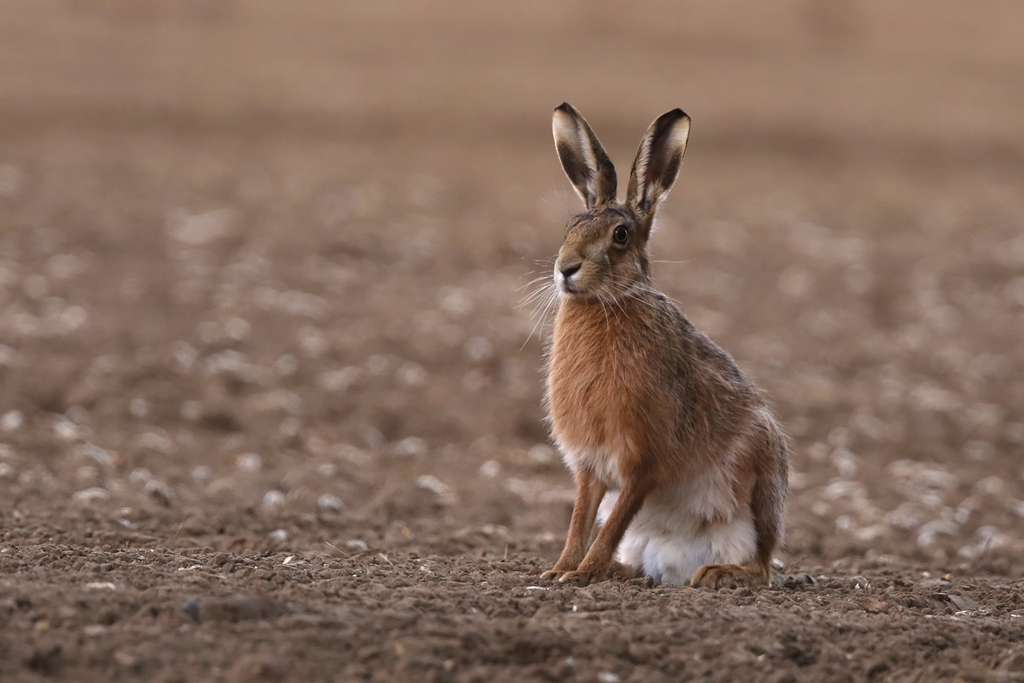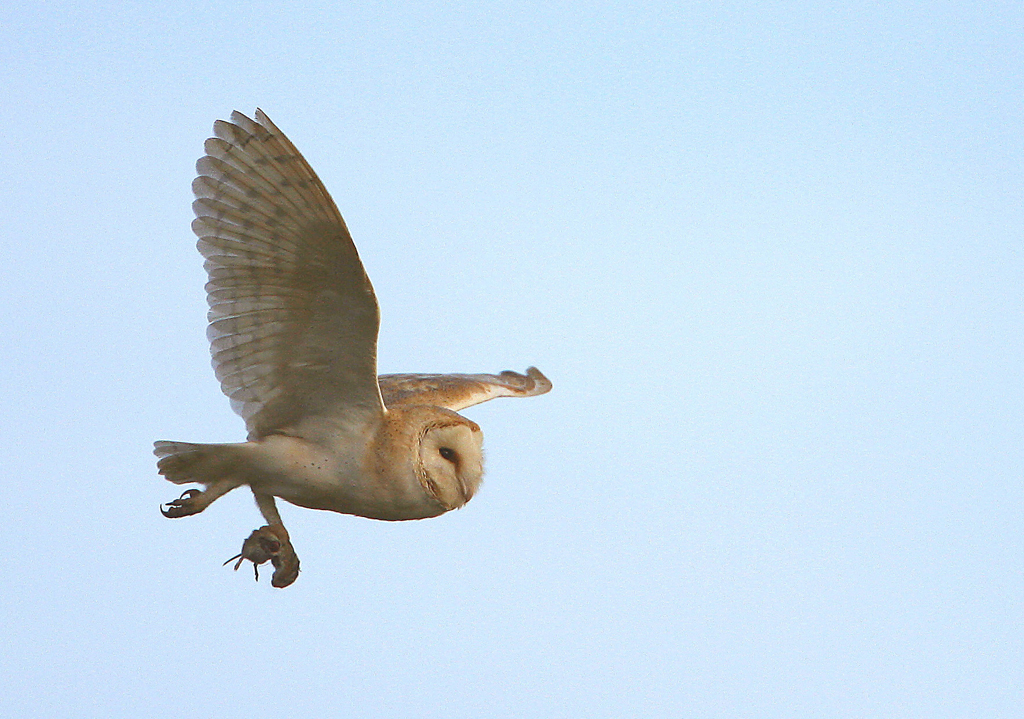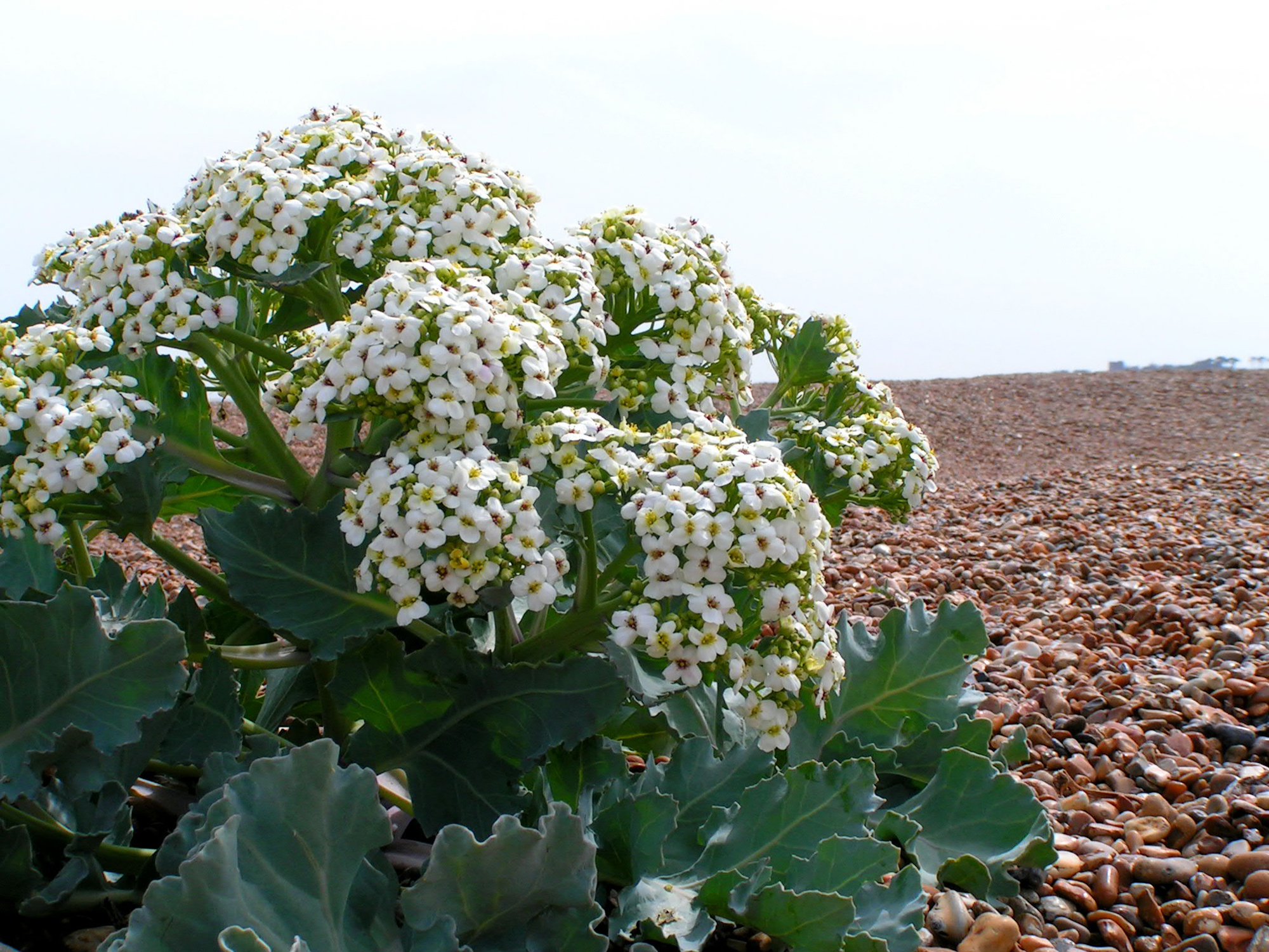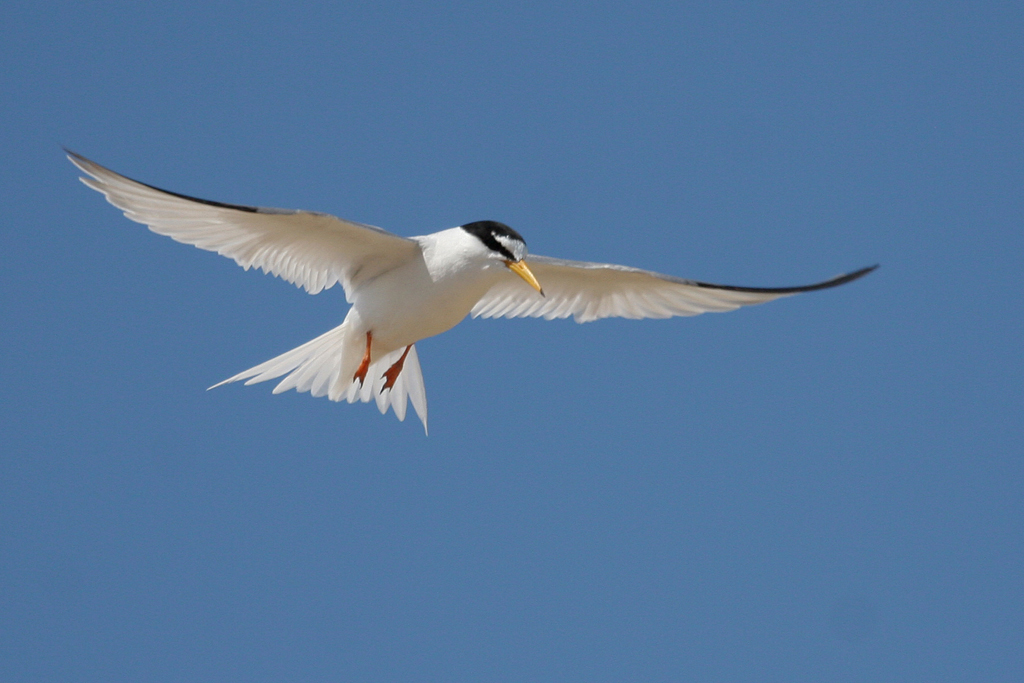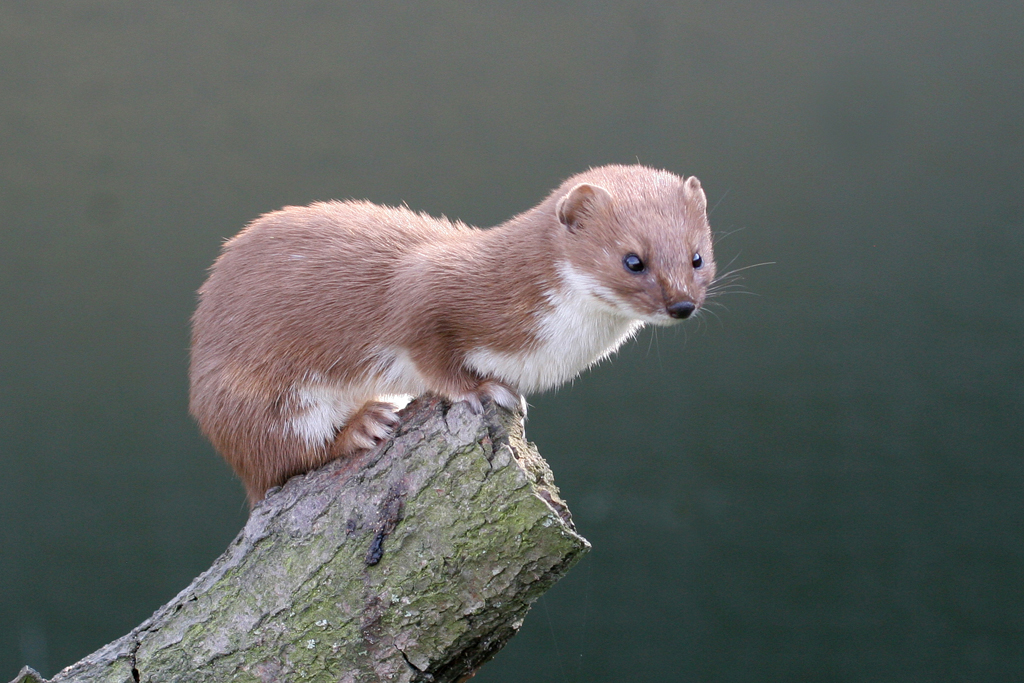It’s easier to notice changes when they involve presences rather than absences. We may be very aware of a new person in our community but we can forget that we haven’t seen old so-and-so around for quite some time, now that you mention it. It’s the same with our wildlife. It makes the headline news when charismatic species like red kites, ospreys and white storks are re-introduced into Britain, but how many people realise that in the meantime we’ve lost 70% of our humble house sparrows?
Sparrows used to be one of our commonest birds. From earliest historical times they thrived around human habitations in cities and farms, to the point of becoming pests. We exported them to the USA in the mid-nineteenth century (a few were released in Brooklyn in 1853) and in no time at all they had spread from coast to coast; indeed, by the 1940s there were more sparrows than people in America. And only 30 years ago in Britain they were still as common as, well, sparrows. The ‘Cockney sparrow’ was the affectionate nickname for this small, cheeky little bird living alongside us, with its touch of endearing vulgarity. But there’s been a crash in the population and you can search for them in vain in London now. A friend of mine used to birdwatch in Hyde Park every day and in ten years he never saw a single sparrow. What’s happened?
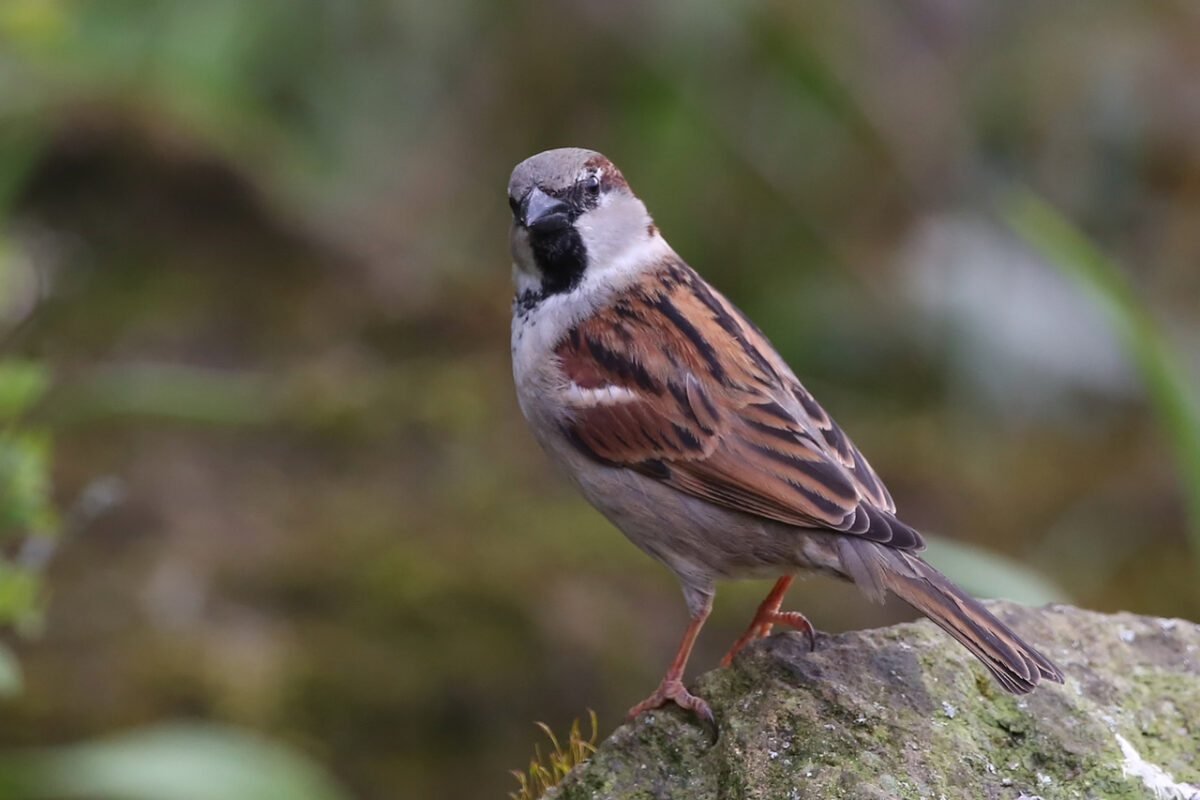
Scientists have come up with explanations ranging from habitat loss, climate change, improvements in domestic architecture (so fewer nesting holes), growing predator numbers (like magpies and cats), pesticides and air pollution (especially from diesel vehicles); but none of these seems fully convincing or specific to sparrows – why, for example, are there still plenty of sparrows in other big cities like New York and Paris? One more inventive speculation is that house sparrows are essentially social creatures and if the colony size drops below a certain level they can’t any longer function as individuals, especially as they are also extremely sedentary and localised. Sparrows don’t migrate, even short distances, to occupy empty niches elsewhere, so they find it hard to recover from a decline brought on by other factors. Could it be like the human situation in the remote Hebridean island of St Kilda in 1936, when the population had declined to 36 people and they could no longer be self-sufficient so had to be physically evacuated and resettled?
Here in Shingle Street we still have a small colony of house sparrows, I’m glad to say, but they’re getting rarer. Should we be resettling sparrows here as well as kites and storks? Could be an interesting negotiation with an export-minded US president.
Jeremy Mynott
July 2025




